1. Appellation of origin – Wine Growing region
To identify the region compare with the following list of the 13 German wine growing regions: Ahr, Mittelrhein, Mosel-Saar-Ruwer, Rheingau, Nahe, Pfalz, Rheinhessen, Franken, Hessische Bergstrasse, Württemberg, Baden, Saale/Unstrut, Sachsen.
2. Vintage
The vintage is the year the grapes were harvested. Wine is an agricultural product and consequently very dependent on the weather which in Germany, unlike more southerly climates, can be extremely variable.
3. Village and vineyard
The often difficult to pronounce names on the label indicate the village where the vineyard is located (identified by the -er suffix) followed by another name (often ending in -berg
[=mountain, slope] indicating the vineyard site. Proprietary names like “Liebfraumilch” and “Bishop of Riesling” have no vineyard designation, they are a blend of wines from several vineyards.
4. Grape variety
The grape variety used to make a wine is the single most influential factor determining its taste. Different grapes have different flavors, just like different fruits have different flavors. For example: Riesling is a very fruit-driven grape variety providing a fine acidity. Gewürztraminer has very floral, perfumed flavors reminiscent of rose petals while Silvaner is lower in acidity and less floral, rather plain.
5. Level of dryness
The taste/style or level of dryness of a wine depends on the cellar master and is determined in the cellar by the winemaker; it is totally independent of the grape.
Dryness levels are not to be confused with ripeness categories which depend on the ripeness of the grapes harvested in the vineyard.
- Whether a wine is dry or sweet can be indicated on the label.
- Trocken indicates dry wine without perceptible residual sweetness. It never contains more than 9 grams of residual sugar per liter and often less. It is very dry.
- Halbtrocken wines are semi-dry and may not have more than 18 grams of residual sugar per liter. With this barely perceptible sweetness, halbtrocken wines are considered “dry” by most wine lovers.
- If none of the above dryness levels can be found on the label, the wine is most likely a sweeter style wine, but it can range from off-dry to fully sweet. Generally, the sweetness in the wine does correlate with the ripeness levels.
6. Ripeness categories
The ripeness categories are Tablewine, Qualitätswein and Qualitätswein mit Prädikat. The latter is further divided into the ripeness levels Kabinett, Spätlese, Auslese, Beerenauselese, Trockenbeerenauslese and Eiswein. German Wines are categorized by the degree of ripeness measured in natural grape sugar upon harvest.
These ripenss categories are determined by the sugar content in the grapes, which is measured in degree Oechsle. The Oechsle requirements for the respective categories vary by growing region.
Riper grapes have more sugar but more importantly more extract and flavor in the grape, hence a more expressive wine. The higher the ripeness of the grapes used for the wine, the higher up in the pyramid the wine will be categorized.
The categories DO NOT reflect sweetness levels in the finished wine.
In fact, they are independent of residual sugar (sweetness) in the wine, which is determined by the winemaker guiding the fermentation, which is the process of transforming the natural sugar of the grapes into alcohol in the wine and carbon dixoide.
Hence the dryness of a wine is independent of the ripeness level of the grapes upon harvest. If the fermentation is interrupted before all sugar is transformed, it will result in a sweeter style wine. If the fermentation continues until little or no sugar is left, it results in a dry wine. Grapes for dessert wines have so much natural sugar that they will not ferment completely and residual sugar (sweetness) will remain. Grapes classified as Qualitätswein up to Auslese, can become a dry (trocken), dry to medium dry (halbtrocken) or fruity wine.
In contrast to the common belief that German wines are sweet, close to 2/3 of the entire production in Germany is dry. Dry is the preferred vinification style consumed by the German wine drinker.
QUALITÄTSWEIN MIT PRÄDIKAT [qmp]
(Quality wines with attribute)
The German wine law refers to the following category as “Qualitätsweine mit Prädikat” (quality wines with attributes); these attributes represent graduating ripeness levels, which are in ascending order: Kabinett, Spätlese, Auslese, Beerenauslese (BA), and Trockenbeerenauslese (TBA). These wines are all naturally produced, no chaptalization.
Kabinett
Usually light wines made of fully ripe grapes. Intended to be a light quaffing wine or to go with light food. Generally light in alcohol and calories. Can be dry, medium-dry or sweet. These light wines are about 2 to 5% less in alcohol than Californian wines but not less tasty.
Spätlese (Late Harvest)
It literally means late harvest. Wines of superior quality made from grapes harvested after the normal harvest. These wines are more intense in flavor and concentration than quality wines and Kabinetts. Good with richer food or by themselves. The later harvest lets the grapes dry and ripen on sunny autumn days which increases the intensity of the fruit and the flavors. Can be dry, medium dry or sweeter style. Good values.
Auslese (Select Picking)
Harvest of selected, very ripe bunches. Noble wines, intense in bouquet and taste. Often dessert wines are light and sweet, but they can be dry, medium dry or sweet.
Dry Auslese wines are higher in alcohol and can work with many main courses.
Beerenauslese or BA (Berries Select Picking)
Harvest of individually selected, overripe berries. Remarkably rich, sweet dessert wines to be enjoyed as dessert by themselves or with dessert.
Trockenbeerenauslese or TBA (Dry Berries Select Picking)
Harvest of individually selected berries which are overripe and shrivelled on the vine almost to raisins. Rich, sweet, luscious, honey-like wines.
Eiswein (Ice-Wine)
Wines of at least BA intensity, made from grapes harvested and pressed while frozen. Truly unique wines with a remarkable concentration of fruity acidity and sweetness.
Note on dessert wines: Dessert wines or noble sweet wines, can be in the Auslese, Beerenauslese, Trockenbeerenauslese or Eiswein category. Good examples distinguish themselves by high concentration of fruit and acidity in combination with rich mouthfeel and intense honey-like flavors. Wine lovers also refer to them as “nectar of the gods.”
QUALITÄTSWEIN bestimmten Anbaugebietes [QbA]
(Quality Wine of a specified appellation)
German wine law ensures that the wine is from one specific wine-growing region, is made of approved grape varieties and reaches sufficient ripeness for a quality wine. Nevertheless, these wines may be chaptalized (Chaptalization: sugar is added to the juice before fermentation to increase the alcohol level after fermentation, commonly used in all wine producing regions of the world). The chaptalization adds body to these otherwise lighter wines and makes them great simple food wines, enjoyable on a day-to-day basis also by themselves or as spritzers (mixed with Club Soda).
TAFELWEIN (table wine)
Made from normally ripe and slightly underripe grapes. Primarily consumed in Germany, very little export to the U.S.
Note on sweetness: All wines up to Auslese (Tafelwein, Qualitätswein, Kabinett, Spätlese and Auslese) can be DRY (=trocken), MEDIUM-DRY (=halbtrocken) or SWEETER STYLE. By guiding the fermentation, the winemaker decides on whether the wine will be a dry or a sweet wine. As of 2001 new descripters for dry German wines are “Classic” and “Selection.”
7. Ap – number
The AP NR. or “Amtliche Prüfnummer,” meaning “official approval number” identifies the wine and is required for all qba and qmp wines. It consists of several blocks of numbers identifying the wine like: 5 169 878 0009 93
- 5 stands for the testing center, where the wine was approved
- 169 stands for the village in which the winery is located that produced the wine
- 878 is the code number for the winery
- 0009 93 reflects, this is the 9th wine tested in the year 1993 (no necessary relation to the vintage of the wine but most often the year after the vintage)
This coding enables the official testing centers to identify a wine. If there is any complaint or doubt of authenticity of the wine, sealed bottles which the winery has to keep for a number of years can be cross checked and tasted to investigate.
8. Producer vs. Bottler
Name of producer or estate, in this case the producer is Winzer Bacchus.
There are about 100,000 grape growers in Germany, yet only about one fourth as many wine producers. If the label indicates “Erzeugerabfüllung” (estate bottled), it assures you that the grapes were grown and the wine was produced by one and the same grower or cooperative of growers (Winzergenossenschaft). As an alternative to “Erzeugerabfüllung,” estates and growers which grow, produce, and bottle their own wine can use the term “Gutsabfüllung” on the label. The grower or collective group of growers is responsible for and guarantees the quality of the wine. Sometimes the bottlers or shipper will assume responsibility and will be identified on the label as “Abfüller.”
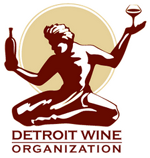
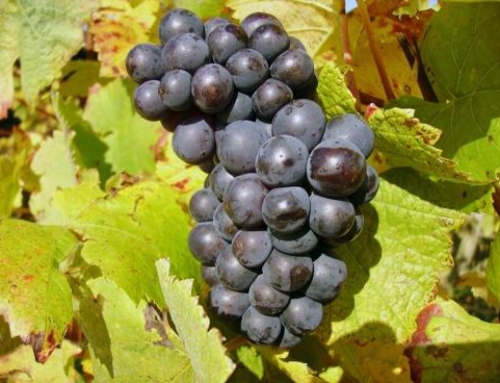
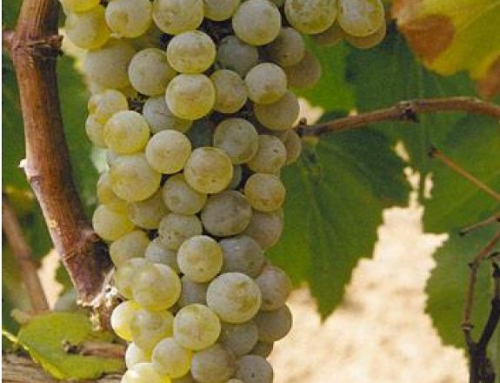
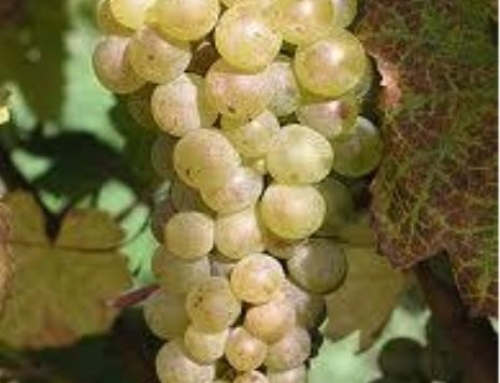
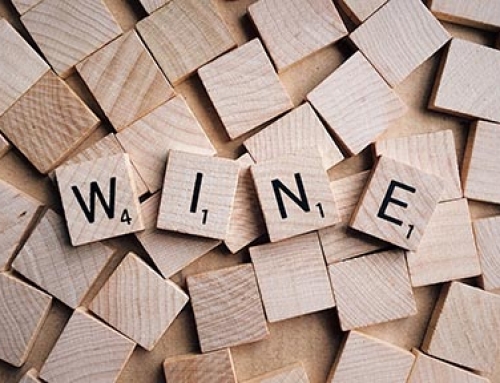
Leave A Comment